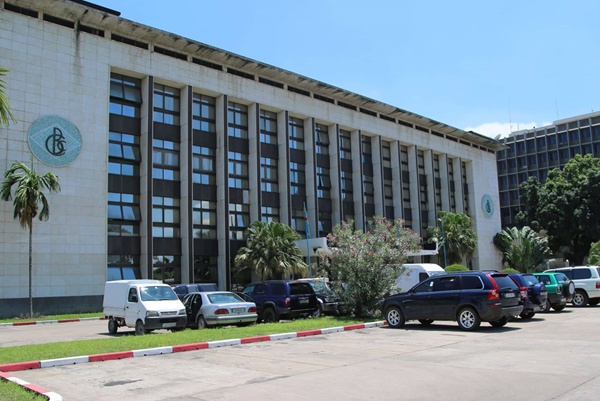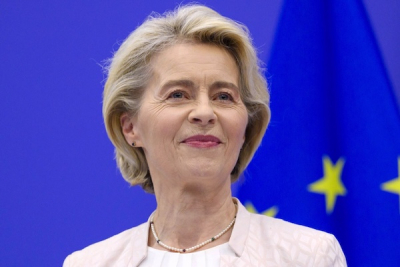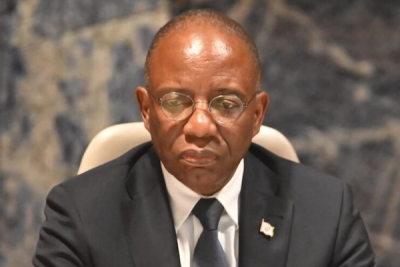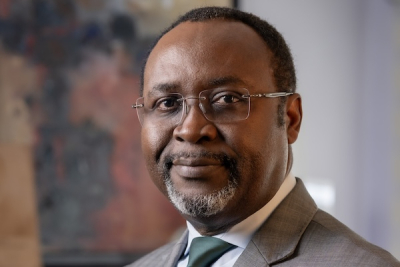After its Monetary Policy Committee (MPC) meeting on October 7, the Central Bank of Congo (BCC) announced a sharp easing of its monetary policy. The benchmark interest rate, which determines the cost at which commercial banks borrow from the central bank, was cut from 25% to 17.5%. The marginal lending facility rate, applied for urgent liquidity needs, was lowered from 30% to 21.5%.
This technical adjustment, the largest since 2021, aims to make financing in Congolese francs (FC) cheaper for commercial banks and, in turn, for the state, businesses, and households. It could encourage lending to economic actors and increase the supply of francs in circulation.
Although not stated explicitly, the BCC’s measures are part of a strategy to restore the role of the franc in domestic transactions and reduce structural dependence on the U.S. dollar, which accounts for over 90% of payments. This is the main objective set by Governor André Wameso since taking office in July.
Behind this monetary goal lies a broader question of sovereignty. Dollar dominance limits the authorities’ ability to manage liquidity and control financial flows. Excessive reliance also exposes the economy to unilateral U.S. decisions, such as potential restrictions on dollar imports. By promoting the use of the Congolese franc, the BCC seeks to reduce external vulnerability and strengthen internal stability as economic fundamentals improve.
According to the MPC, inflation fell from 15.1% in September 2024 to 7.8% a year later, while the national currency appreciated by about 11.6% on the official market and 7.8% on the parallel market, trading at around 2,549 and 2,659 FC per dollar, respectively. For 2026, the BCC forecasts inflation at 6.8%, a more stable exchange rate, and “robust” economic growth.
A Risky Bet
However, the impact of these measures will depend on confidence in the local currency. An increase in the supply of francs without corresponding demand could weaken stability and trigger renewed depreciation.
The DRC’s heavy reliance on imports also poses a major risk. By the end of July 2025, imports had risen by nearly 6%, increasing the need for foreign currency, while exports fell by about 18%, mainly due to suspended cobalt sales. According to the International Monetary Fund (IMF), the faster outflow of foreign currency now represents one of the main risks to maintaining adequate reserves.
Aware of these threats, the BCC said it is ready “to respond in case of a reversal.” To strengthen stability, it plans to absorb excess liquidity by implementing, from October 15, the second stage of the exchange rate adjustment applied to reserve requirements, which has remained fixed at 1,999 FC per dollar since 2021. The governor noted that the first adjustment helped support the franc by withdrawing the equivalent of 371 billion FC from the market.
At the same time, the BCC is encouraging businesses to conduct transactions in francs, while the government plans to collect part of its taxes in the local currency. The rate cut is also expected to help the Treasury refinance domestic debt at lower costs, easing the interest burden on public finances.










